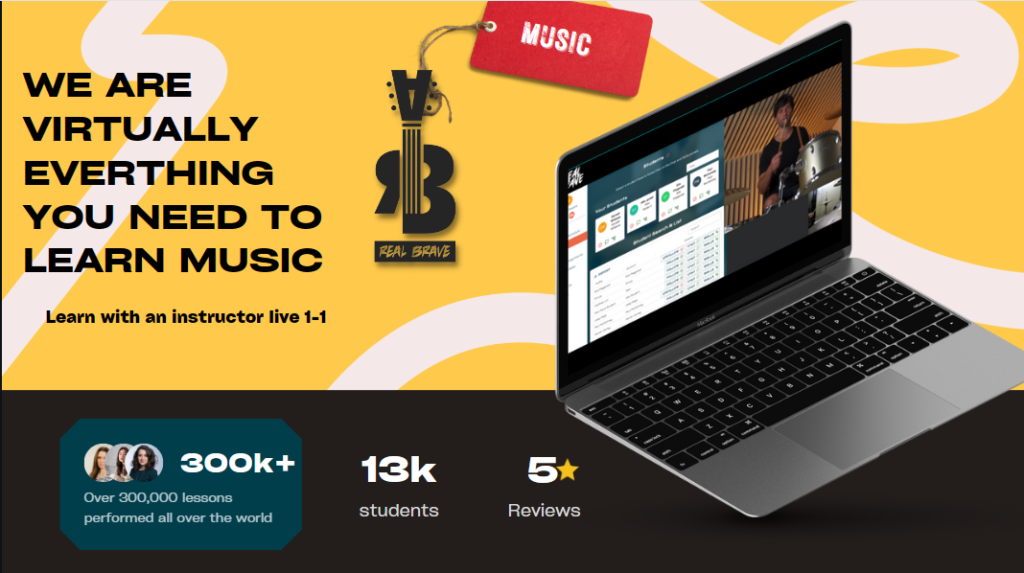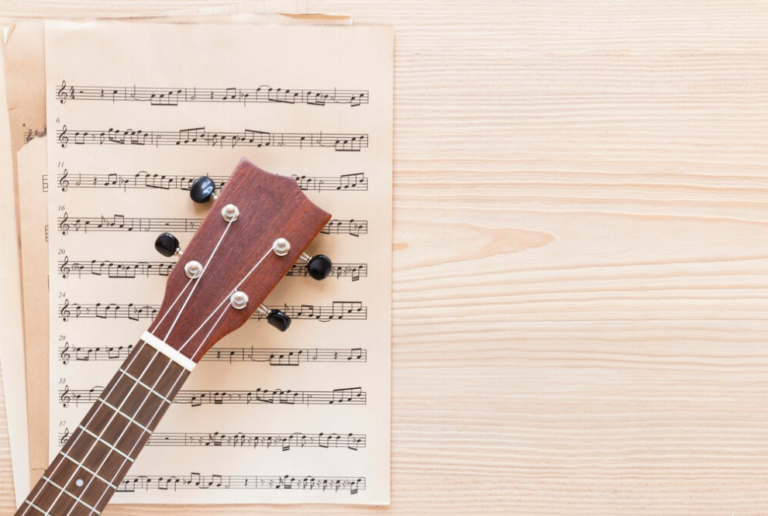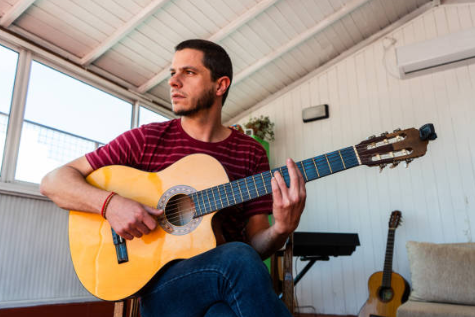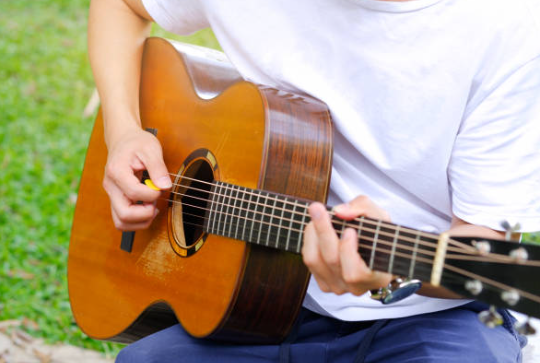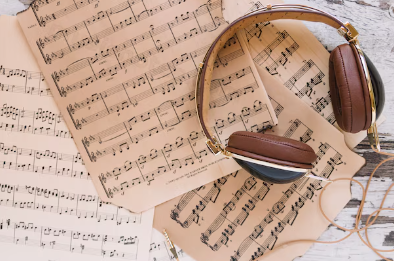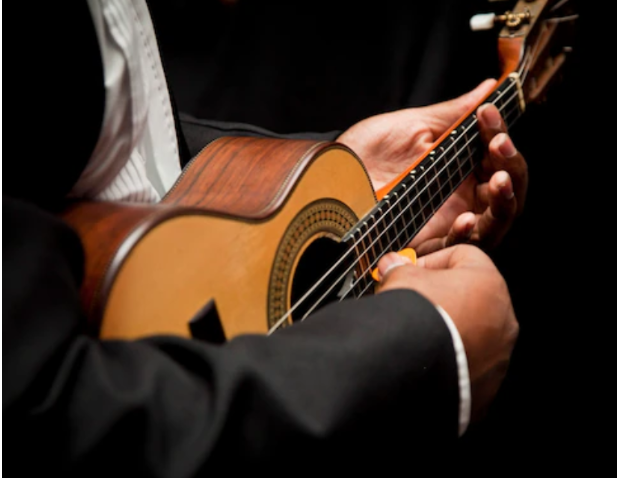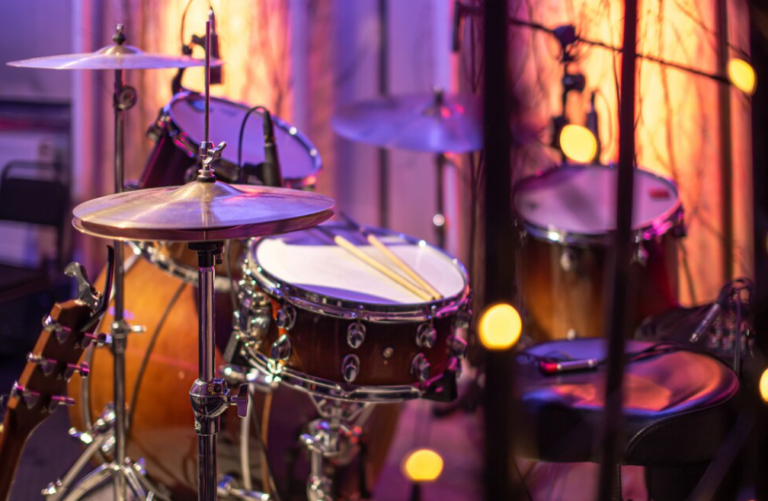Easy! Play the C Major Blues Scale on the Guitar
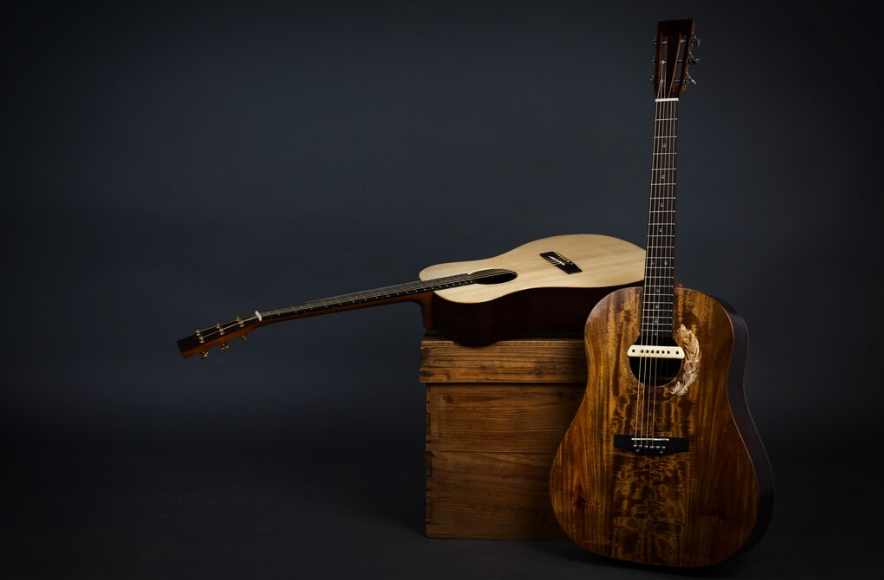
As a music teacher, one of my favorite scales to introduce to students is the C Major Blues Scale. This scale blends the familiar sounds of the major scale with the expressive elements of the blues, creating a versatile and exciting tool for guitarists of all levels.
What is the C Major Blues Scale?
The C Major Blues Scale is derived from the C Major Scale but with a twist. It incorporates a “blue note,” which adds a distinct bluesy flavor to the sound. The formula for the C Major Blues Scale is:
C – D – D# – E – G – A
Here’s a step-by-step breakdown:
- C (root note)
- D (major second)
- D# (minor third or blue note)
- E (major third)
- G (perfect fifth)
- A (major sixth)
This unique combination of notes gives the C Major Blues Scale its characteristic sound.
Why Learn the C Major Blues Scale?
- Versatility: The C Major Blues Scale can be used in a variety of musical genres, from blues and rock to jazz and pop.
- Expressiveness: The addition of the blue note (D#) allows for more emotional and expressive playing.
- Improvisation: This scale is a great tool for improvisation, helping guitarists create interesting solos and melodic lines.
Playing the C Major Blues Scale on Guitar
To get started, here’s how you can play the C Major Blues Scale on the guitar:
Open Position
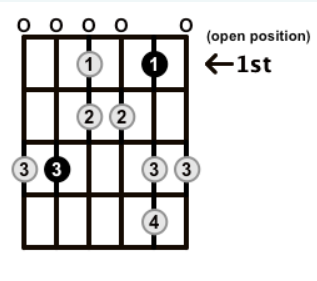
- Start on the 3rd fret of the 5th string (A string) with your ring finger (3)
- Play the open 4th string (D string)
- Play the 1st fret of the 4th string (D string) with your index finger (1)
- Play the 2nd fret of the 4th string (D string) with your middle finger (2)
- Play the open 3rd string (G string)
- Play the 2nd fret of the 3rd string (G string) with your middle finger (2)
- Play the open 2nd string (B string)
- Play the 1st fret of the 2nd string (B string) with your index finger (1)
- Play the 3rd fret of the 2nd string (B string) with your ring finger (3)
- Play the open 1st string (high E string)
- Play the 3rd fret of the 1st string (high E string) with your ring finger (3)
2nd Position

- Start on the 3rd fret of the 6th string (low E string) with your ring finger (3)
- Play the 4th fret of the 6th string (low E string) with your pinky finger (4)
- Play the 1st fret of the 5th string (A string) with your index finger (1)
- Play the 2nd fret of the 5th string (A string) with your middle finger (2)
- Play the 3rd fret of the 5th string (A string) with your ring finger (3)
- Play the 4th fret of the 5th string (A string) with your pinky finger (4)
- Play the 1st fret of the 4th string (D string) with your index finger (1)
- Play the 3rd fret of the 4th string (D string) with your ring finger (3)
- Play the 1st fret of the 3rd string (G string) with your index finger (1)
- Play the 2nd fret of the 3rd string (G string) with your middle finger (2)
- Play the 3rd fret of the 3rd string (G string) with your ring finger (3)
- Play the 1st fret of the 2nd string (B string) with your index finger (1)
- Play the 3rd fret of the 2nd string (B string) with your ring finger (3)
- Play the 4th fret of the 2nd string (B string) with your pinky finger (4)
- Play the 1st fret of the 1st string (high E string) with your index finger (1)
- Play the 2nd fret of the 1st string (high E string) with your middle finger (2)
- Play the 3rd fret of the 1st string (high E string) with your ring finger (3)
- Play the 4th fret of the 1st string (high E string) with your pinky finger (4)
5th Position

- Start on the 8th fret of the 6th string (low E string) with your pinky finger (4)
- Play the 5th fret of the 5th string (A string) with your index finger (1)
- Play the 6th fret of the 5th string (A string) with your middle finger (2)
- Play the 7th fret of the 5th string (A string) with your ring finger (3)
- Play the 5th fret of the 4th string (D string) with your index finger (1)
- Play the 7th fret of the 4th string (D string) with your ring finger (3)
- Play the 5th fret of the 3rd string (G string) with your index finger (1)
- Play the 7th fret of the 3rd string (G string) with your ring finger (3)
- Play the 5th fret of the 2nd string (B string) with your index finger (1)
- Play the 8th fret of the 2nd string (B string) with your pinky finger (4)
- Play the 5th fret of the 1st string (high E string) with your index finger (1)
- Play the 8th fret of the 1st string (high E string) with your pinky finger (4)
Practice these patterns slowly, making sure each note rings out clearly. Once you’re comfortable, try incorporating the scale into your improvisations or compositions.
Tips for Mastering the C Major Blues Scale
- Start Slow: Begin by playing the scale slowly to ensure accuracy and clarity. Gradually increase your speed as you become more comfortable.
- Use a Metronome: Practicing with a metronome helps improve your timing and rhythm.
- Experiment with Bends and Slides: To capture the bluesy feel, experiment with bends, slides, and vibrato on the blue note (D#).
- Listen and Learn: Listen to blues guitarists and try to emulate their phrasing and style. Some great artists to start with are B.B. King, Eric Clapton, and Stevie Ray Vaughan.
The C Major Blues Scale is a powerful and expressive tool for guitarists. Whether you’re a beginner or an experienced player, incorporating this scale into your practice routine will enhance your musical vocabulary and open up new possibilities for improvisation and composition. Happy playing!
If you’re interested in learning an instrument, at Real Brave, we offer an incredible experience like no other place in music lessons for kids and adults by guiding them from the beginning stages of getting to know an instrument all the way through performing for family and friends on stage. Our instructors come from all over the world, bringing extensive experience on a wide range of instruments. Click below and book a free lesson with us!
Author: Daniel Powers Jr, the founder of Real Brave™, serves as the chief inspiration to thousands of students in the Real Brave music instruction program. He’s also the visionary behind PracticePad™, an online platform for live one-on-one online music lessons, lesson tracking, and scheduling. Beyond his entrepreneurial pursuits, Daniel leads a non-profit organization that provides formerly homeless children with access to music education, making a profound impact on their lives. His unwavering dedication to music, innovation, and education continues to inspire individuals to reach their fullest potential while creating positive change in communities. Follow Real Brave on all the socials:
youtube.com/@realbraveinc
twitter.com/realbraveinc
https://www.tiktok.com/@realbraveinc
instagram.com/realbraveaudio
facebook.com/realbraveinc
